.jpg)
Introducing Horse, an Engine Company Bridging the Gap Between Hybrids and Electric Vehicles (and Supplying Power to Caterham Race Cars)
Horse, revised by the author
The most significant news and reviews in the automotive world, without the fluff.
Our complimentary daily newsletter delivers the most important stories straight to your inbox every weekday.
Horse Powertrain caught my attention this month with its introduction of the new C15 engine at the IAA Mobility show in Germany. The C15 is a 1.5-liter four-cylinder engine, roughly the size of a carry-on bag, producing nearly 100 horsepower, intended as a range extender for electric vehicles. Shortly afterwards, I noticed a Caterham Seven equipped with a Horse engine in a completely different context. This piqued my interest in the company, and I thought you would like to know more. Here’s a brief overview of who they are and what they do.
Prior to this month, I was unfamiliar with Horse, but it is far from a minor player—producing around eight million powertrains annually. Headquartered in Madrid, Spain, the company has 17 manufacturing facilities and five R&D offices across Europe, South America, and Asia. Their tagline states: “Horse Powertrain is an independent powertrain technology leader, built on 125 years of heritage from Renault and Geely. We combine expertise, innovation, and global reach to provide cutting-edge internal combustion engine and hybrid powertrain solutions.”
Horse originated as a joint venture between Renault (French) and Geely (Chinese). Today, it operates independently with three shareholders: Renault (holding a 45% stake), Geely (also holding 45%), and, as of last year, Aramco, the Saudi Arabian state-owned oil giant (holding a 10% stake).
Horse develops gasoline and hybrid powertrains for Renault and Geely, along with collaborations with other OEMs. For instance, the hybrid third-generation Mercedes CLA incorporates Horse technology. The company has also supplied powertrain components to Volvo, Proton, Nissan, and Mitsubishi.
The C15 engine. Horse
When I read "briefcase-sized engine," I got excited thinking it could be perfect for a fun go-kart project, but the company operates as an OEM supplier rather than selling directly to consumers. The main objective of the C15 is to allow OEMs to concentrate on their battery-electric platforms without needing to invest in R&D for building a compact engine range extender independently. The C15 is intended to be modular and adaptable for various vehicular spaces, with a turbocharged variant planned for larger vehicles.
While the company did not disclose a weight specification for the compact engine in its press release or during the IAA press conference, I would estimate it weighs between 150 and 300 pounds.
Though there is potential for these engines to be installed in existing EVs as aftermarket range extenders, the goal is to integrate them into the development of new vehicles from the outset. The C15’s dimensions are only 19.7 inches by 21.7 inches by 10.8 inches, and it includes a generator, exhaust, and cooling provisions. Each OEM would have to devise their own exhaust routing post-manifold to ensure emissions exit the vehicle properly. While this is larger than most "briefcases" I've seen, it could still fit in travel luggage.
Regarding Horse's more conventional car engine applications, such as those powering Caterhams mentioned in the earlier Piston Heads article, that area is also part of the company's business. The specific engine is the HR13DDT, found in the Dacia Duster, Nissan Qashqai, and Mercedes A-Class in Europe. Caterham Academy, an exciting novice driver program allowing participants to learn racing techniques with its ultra-light sports cars, previously used Ford Sigma engines, which are no longer produced. Horse has now taken over as the supplier. I emphasize this point because it represents Horse's current closest connection to motors for enthusiasts or DIY enthusiasts.
Caterham
Here’s a closer look at that Academy car because, quite frankly, it's impressive:
I personally believe that range-extended electric vehicles will become more common in the near future. As the energy density of batteries improves, we may soon reach a point where electric cars not only match the range of gasoline vehicles but, when paired with a range extender, could outlast today’s powertrains between charging sessions. If this holds true, we may start seeing Horse engines in a larger variety of vehicles.
Have a tip? Send us a message at [email protected].
.jpg)
.jpg)
.jpg)
.jpg)
.jpg)
.jpg)
Other articles
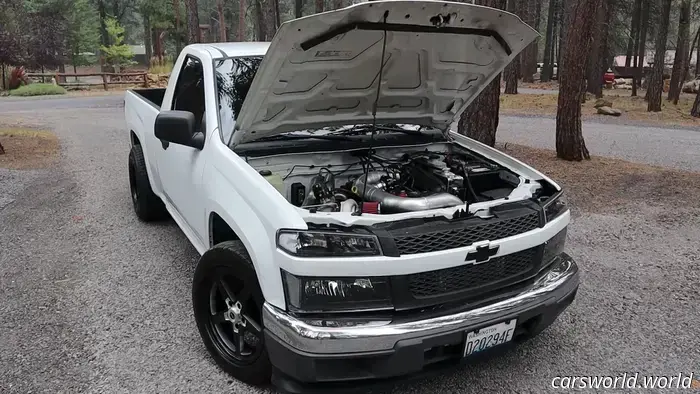 Chevy Colorado Race Truck Equipped with a Turbocharged GM I6 Just Seems Right
These turbocharged Atlas 4200 swaps are gaining popularity, and after witnessing its effectiveness here, it's clear why.
Chevy Colorado Race Truck Equipped with a Turbocharged GM I6 Just Seems Right
These turbocharged Atlas 4200 swaps are gaining popularity, and after witnessing its effectiveness here, it's clear why.
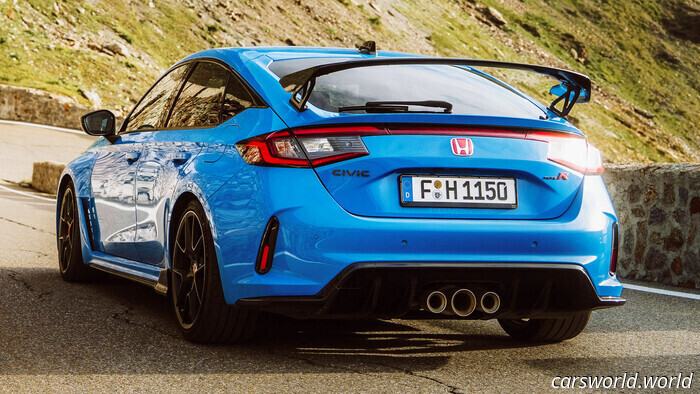 Honda Mapped the Finest Driving Roads in Europe; Which One is Your Favorite? | Carscoops
A newly released map showcases 127 essential driving routes spanning 25 countries, featuring everything from mountain passes to coastal roads ideal for lively drives.
Honda Mapped the Finest Driving Roads in Europe; Which One is Your Favorite? | Carscoops
A newly released map showcases 127 essential driving routes spanning 25 countries, featuring everything from mountain passes to coastal roads ideal for lively drives.
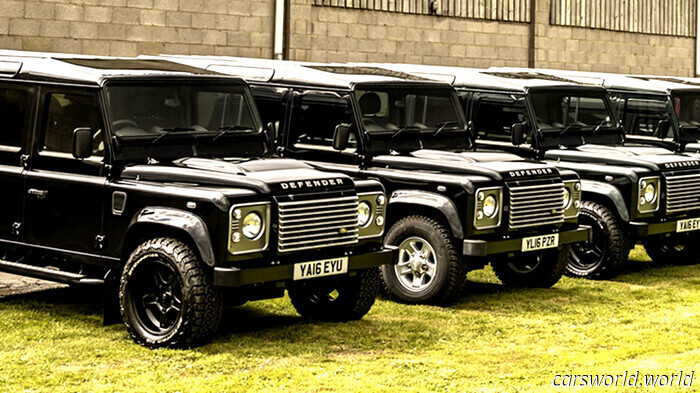 He Purchased 240 Classic Land Rover Defenders and Transformed Them into a Lucrative Venture | Carscoops
Charles Fawcett's significant wager on Defender proved successful, as Twisted's final six-figure builds signal the conclusion of an impressive nine-year journey.
He Purchased 240 Classic Land Rover Defenders and Transformed Them into a Lucrative Venture | Carscoops
Charles Fawcett's significant wager on Defender proved successful, as Twisted's final six-figure builds signal the conclusion of an impressive nine-year journey.
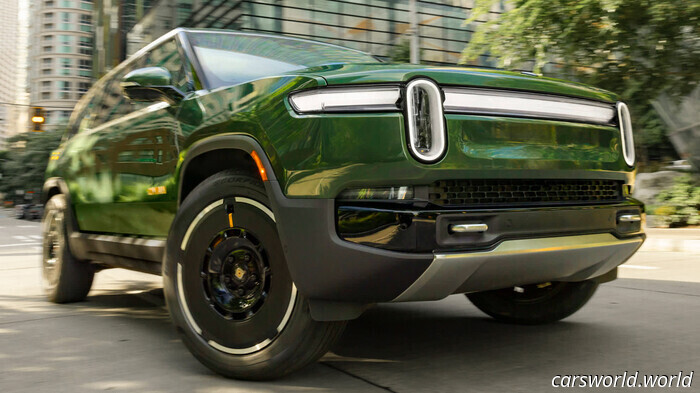 These Rivians Require Vision Checks After Highway Assist Malfunctions | Carscoops
More than 24,000 of the electric vehicles are being recalled due to their Advanced Driver Assistance Systems (ADAS) being unable to detect other vehicles.
These Rivians Require Vision Checks After Highway Assist Malfunctions | Carscoops
More than 24,000 of the electric vehicles are being recalled due to their Advanced Driver Assistance Systems (ADAS) being unable to detect other vehicles.
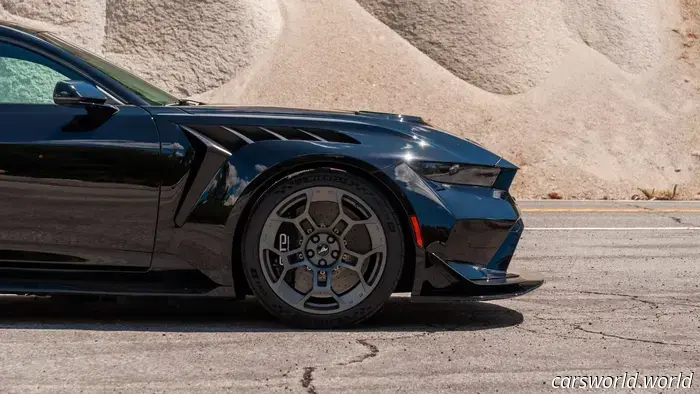 How Ford Utilized 3D Printing to Reduce Nurburgring Lap Times by Seconds
Solutions developed on-the-spot at the 'Ring were sent back to Detroit for manufacturing.
How Ford Utilized 3D Printing to Reduce Nurburgring Lap Times by Seconds
Solutions developed on-the-spot at the 'Ring were sent back to Detroit for manufacturing.
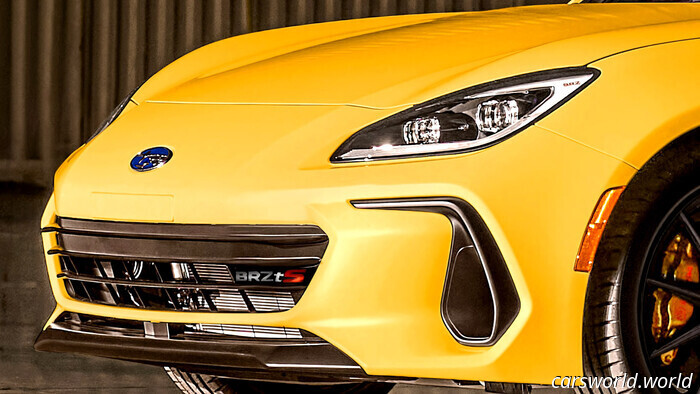 Subaru's Most Athletic Vehicles Receive a Yellow Revamp in the U.S. and It's Exclusive | Carscoops
According to the tS, the special editions of the WRX and BRZ come with matte black wheels and are finished in a Sunrise Yellow color.
Subaru's Most Athletic Vehicles Receive a Yellow Revamp in the U.S. and It's Exclusive | Carscoops
According to the tS, the special editions of the WRX and BRZ come with matte black wheels and are finished in a Sunrise Yellow color.
Introducing Horse, an Engine Company Bridging the Gap Between Hybrids and Electric Vehicles (and Supplying Power to Caterham Race Cars)
Horse engines are being utilized in a wide variety of intriguing applications, from extending the range of electric vehicles to being used in race cars.
